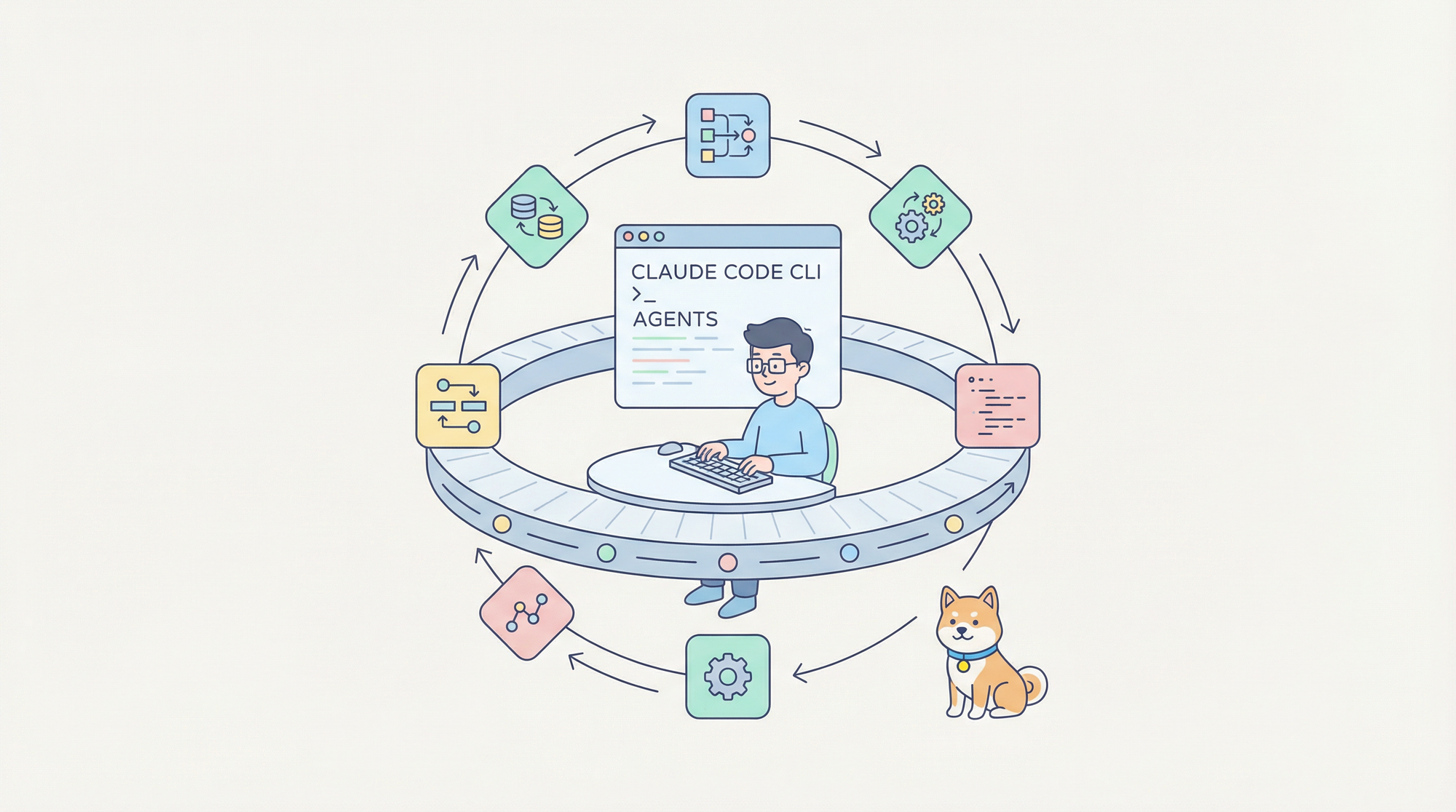In the world of APIs and identity management, acronyms like SCIM, SAML, and SSO are often thrown around. But what do they actually mean, and how do they impact your API's security? If you're scratching your head wondering which one to use or how they differ, you're in the right place. Let's break it down together in a way that's easy to understand, even if you're not a tech guru.
What is SCIM?
SCIM, or System for Cross-domain Identity Management, is an open standard designed to manage user identities across different platforms. Essentially, SCIM automates the process of creating, updating, and deleting user accounts in various cloud applications.

Why SCIM Matters
Imagine you're running a company with hundreds of employees using multiple SaaS applications. Manually managing each user's access across these platforms is a nightmare. This is where SCIM comes in. It enables automatic provisioning and de-provisioning of users, ensuring that as soon as an employee joins or leaves, their access to necessary apps is updated accordingly.
SCIM operates through a RESTful API, making it straightforward to implement. It reduces administrative overhead and enhances security by ensuring that users only have access to the applications they need. No more worrying about former employees still having access to your critical systems.
See how to implement SCIM in your organization.
How SCIM Works
SCIM uses a standard schema for representing user identities and access controls. When integrated with an Identity Provider (IdP), SCIM communicates via APIs to create, read, update, or delete user information across multiple services. This communication ensures that user data is synchronized across all platforms, making identity management more efficient.
SAML: Security Assertion Markup Language
SAML stands for Security Assertion Markup Language, another open standard, but one that focuses on authentication and authorization. SAML is primarily used for single sign-on (SSO) across different domains. It enables users to log in once and gain access to multiple applications without needing to re-enter credentials.

The Role of SAML in SSO
When you use SAML for SSO, it works by passing authentication data in the form of XML tokens between an Identity Provider (IdP) and a Service Provider (SP). Once a user is authenticated by the IdP, they can access multiple applications (SPs) without needing to log in again. This is particularly useful in environments where users need to access several services throughout their workday.
For example, consider a user who needs to access an email service, a cloud storage solution, and a project management tool. With SAML-based SSO, they only need to log in once, and SAML handles the rest.

Benefits of SAML
- Enhanced Security: SAML centralizes authentication, reducing the risk of phishing attacks.
- Improved User Experience: Users enjoy a seamless experience with one login for multiple services.
- Reduced IT Costs: SAML minimizes the number of login-related support requests, freeing up IT resources.
Understanding SSO: Single Sign-On
SSO, or Single Sign-On, is a user authentication process that allows a user to access multiple applications with one set of login credentials. SSO can be implemented using various technologies, including SAML, OAuth, and OpenID Connect.
The Convenience of SSO
The primary advantage of SSO is convenience. Users no longer have to remember multiple usernames and passwords, which not only simplifies their experience but also reduces the likelihood of weak passwords or password reuse.
When a user logs into an SSO system, the system generates an authentication token that can be used to access different services. This token is passed to each service the user wants to access, verifying their identity without the need for multiple logins.
SSO in Action
Consider a university where students need to access a variety of online services—email, course management systems, library databases, and more. With SSO, students can log in once and gain access to all these services without needing to log in separately for each one. This not only saves time but also ensures a consistent and secure login experience.
Comparing SCIM, SAML, and SSO
Now that we've covered the basics of SCIM, SAML, and SSO, let's compare these technologies to understand their key differences and use cases.
1. Purpose
- SCIM: Focuses on identity management, particularly provisioning and de-provisioning user accounts across multiple platforms.
- SAML: Specializes in authentication and authorization, enabling SSO across different services.
- SSO: Provides a unified login experience, often utilizing SAML or other protocols to authenticate users across multiple applications.
2. Use Case
- SCIM: Ideal for organizations that need to manage large numbers of user accounts across various cloud applications. It's about ensuring users have the right access at the right time.
- SAML: Best suited for environments where users need to access multiple applications without repeatedly entering their credentials. It's all about seamless authentication.
- SSO: Perfect for organizations looking to streamline user access to multiple services with one set of credentials.
3. Implementation
- SCIM: Implemented via a RESTful API, making it easy to integrate with existing systems. SCIM is all about data synchronization.
- SAML: Involves XML-based messages exchanged between IdPs and SPs. SAML focuses on passing authentication information securely.
- SSO: Can be implemented using various protocols, including SAML, OAuth, or OpenID Connect. SSO is about creating a cohesive login experience.
Comparison table of SCIM, SAML, and SSO
| Feature | SCIM (System for Cross-domain Identity Management) | SAML (Security Assertion Markup Language) | SSO (Single Sign-On) |
|---|---|---|---|
| Purpose | Manages user identities and access across platforms | Facilitates secure authentication and authorization for SSO | Enables one login for multiple applications |
| Primary Use Case | User provisioning and de-provisioning | Single sign-on across multiple services | Streamlining user access with one set of credentials |
| Implementation | RESTful API-based, integrates with IdPs | XML-based protocol, exchanges authentication data | Can be implemented using SAML, OAuth, OpenID Connect |
| Focus | Identity synchronization and management | Authentication and authorization | Unified, seamless login experience |
| Security Benefits | Ensures correct user access, reducing risks | Centralizes authentication, reducing phishing risks | Minimizes password fatigue and security risks |
| Complexity | Relatively straightforward to implement with REST APIs | Requires understanding of XML and SAML protocols | Varies depending on the protocol used (SAML, OAuth, etc.) |
| Commonly Used With | Cloud applications, SaaS platforms | Enterprise applications requiring SSO | Organizations with multiple apps/services |
| Integration Examples | Google Workspace, Microsoft Azure AD | Salesforce, Office 365, Google Workspace | University systems, enterprise environments |
This table provides a snapshot of how SCIM, SAML, and SSO compare in terms of their purpose, use cases, and implementation. Understanding these differences can help you choose the right technology for your specific needs.
The Intersection of SCIM, SAML, and SSO
While SCIM, SAML, and SSO serve different purposes, they can work together to create a robust identity and access management (IAM) system.
- SCIM can be used to manage user identities, ensuring that each user has the appropriate access across various platforms.
- SAML can provide the authentication layer, enabling users to log in once and access multiple services.
- SSO can tie it all together, offering a seamless and convenient user experience.
Why Choosing the Right Technology Matters
Choosing between SCIM, SAML, and SSO depends on your organization's specific needs. If managing user identities across multiple platforms is your priority, SCIM is your go-to solution. If seamless authentication is your focus, SAML and SSO will serve you well.
In many cases, organizations may use a combination of these technologies to cover all their bases. For instance, SCIM could handle identity management, while SAML and SSO ensure secure and convenient access to multiple services.
Common Misconceptions About SCIM, SAML, and SSO
1. SCIM is the Same as SAML
While both SCIM and SAML are standards used in identity management, they serve very different purposes. SCIM is about provisioning and managing user identities, while SAML is about authenticating those identities for access to services.
2. SSO and SAML Are Interchangeable
SSO is a process, while SAML is a protocol used to implement that process. SSO can be achieved using various protocols, including SAML, OAuth, and OpenID Connect. SAML is just one way to achieve SSO.
Related reading: SAML VS SSO
3. SCIM and SAML are Competing Technologies
SCIM and SAML are not competitors but complementary technologies. SCIM manages user identities, and SAML provides secure authentication for those identities.
The Future of Identity Management
As cloud computing continues to grow, the need for effective identity management solutions will only increase. SCIM, SAML, and SSO will continue to play critical roles in ensuring secure and efficient access to online services.
Conclusion
Understanding the differences between SCIM, SAML, and SSO is essential for anyone involved in managing user access to digital services. Each technology has its strengths and is suited to specific use cases. By leveraging the right combination of these technologies, organizations can create a secure and seamless user experience.
And remember, if you're dealing with APIs and want to make your development process smoother, don't forget to download Apidog for free! Apidog is a fantastic tool that can help you manage your APIs more efficiently, giving you more time to focus on the big picture.



